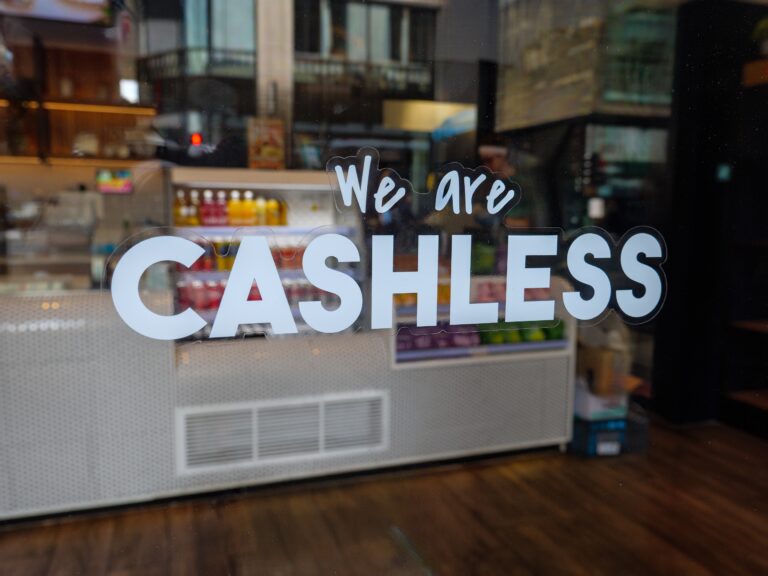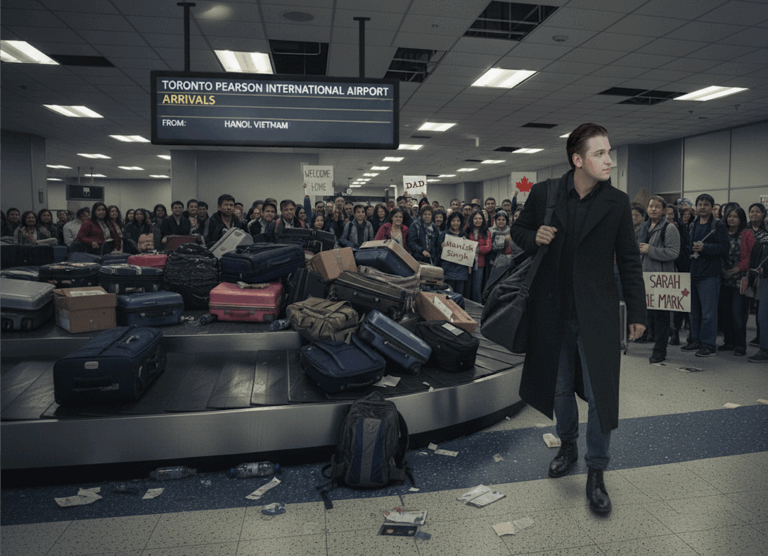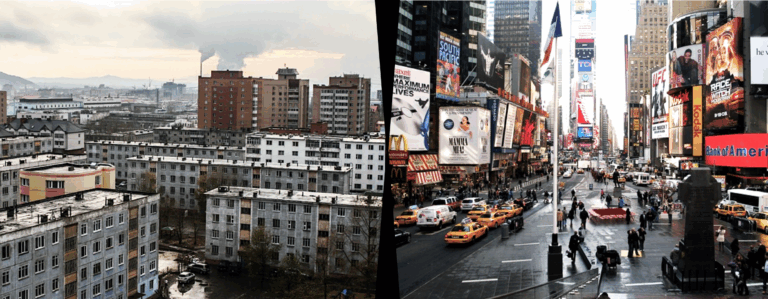Most Canadians seem to believe the pandemic’s impact is in the rear-view mirror. But this isn’t the case for a great many small businesses that were forced to shutter their premises due to “safety concerns” even as customers packed into Covid-19-spreading lines to enter “necessary” big box stores. Behind each of those small businesses are not only the employees but the people who’ve invested personal savings and long hours to follow their ambitions and achieve their dreams. The Canadian Federation of Independent Business (CFIB) reports that in the first quarter of this year – a time when the direct effect of Covid-19 was generally easing to that of a serious cold – insolvencies among small businesses were up by 34 percent year-over-year, the biggest increase in more than 30 years.

Many other small businesses are just barely hanging on. CFIB President Dan Kelly fears the wave of defaults will continue to rise as higher interest rates on debt taken on to survive the pandemic will become “the straw that breaks the camel’s back.” And that’s to say nothing of the impacts of inflation, which have raised nearly all types of business costs, often suddenly and significantly eroding, if not erasing, small-business profit margins.
Meanwhile, public-sector workers kept their jobs, added two years’ credit to their gilded pension benefits and even received wage increases – often for doing little or no real work while spending months at home. Statistics Canada’s January 2022 Labour Force Survey found that all of the country’s 206,000 job losses that month were private-sector employees. Public-sector employment, however, was 305,000 higher than at the beginning of the pandemic.
Not only did most public-sector workers maintain job security throughout this time, they also enjoyed vastly better pension and other benefits. A Fraser Institute report published around the beginning of the pandemic found that federal, provincial, and local government workers’ average wages were 9.4 percent higher than for their private-sector counterparts. Moreover, 88 percent of government workers were covered by a pension plan compared to fewer than 23 percent of private-sector workers.
But now it seems even the enormous compensation and job security advantages enjoyed by public-sector employees aren’t enough. The 120,000-member Public Service Alliance of Canada (PSAC), largest of 17 federal unions, in May voted to reinstate its internal provision for strike votes, which had been suspended during Covid-19. PSAC is seeking a 13.5 percent increase over three years. (Canada’s border guards did briefly go on strike last summer, but were quickly mollified with higher pay.) PSAC president Chris Aylward stated that, “The government can’t expect workers who have been getting us through the pandemic to shoulder the costs of Canada’s recovery.”
Shoulder the costs of Canada’s recovery? One wonders how that sounds to all those much lower-paid private-sector workers, many of whom either lost their jobs during the pandemic or were forced to work part-time. It is difficult to imagine a more clueless or plainly inaccurate statement. The union members who’ve actually been “getting us through the pandemic” aren’t Aylward’s at all, but are the hospital, care home and public health workers represented either by provincial unions or the Canadian Union of Public Employees. And then there are all the municipal workers, first responders, and the uncounted private-sector workers who kept performing the unsung and often repetitive jobs that really keep civilization going.

Here in my home province, the 85,000-member B.C. General Employees’ Union (BCGEU), largest in the province, went on strike in mid-August demanding a wage raise of 5 percent in each of the next three years, or inflation adjustments. Whichever is higher. The union had broken off talks after receiving what union president Stephanie Smith disparagingly described as an “insulting” offer.
One of the first job actions taken by the BCGEU was aimed at distribution centres for government-run liquor stores, forcing the province to impose rationing that severely limited supplies to restaurants and bars during the peak summer season. A spokesman for the B.C. Restaurant and Food Services Association stated that the restriction “could not have come at a worse time for our industry that hasn’t recovered from the impact of the pandemic.”
The union recently reached a tentative agreement with the provincial government that includes significant wage hikes with built-in inflation protection. In the second year of the deal, for example, BCGEU workers will receive an increase of between 5.5 percent and 6.75 percent, depending on the inflation rate. With the BCGEU’s gambit having been proven successful, it seems likely B.C. will experience yet more strikes; 400,000 of the province’s workers have contracts expiring this year. The consequences will inflict mortal damage upon many financially fragile small businesses, adding to the already record number of insolvencies.
Two classes of Canadians have been created: those who pay and those who take, those insulated against any fundamental concerns about job security or income, and those whose ability to support themselves and their families depends on their own ability to create value for the enterprises that employ them.
And that’s just in B.C. Ontario government data shows that 3,197 union contracts expire between now and year-end, two-thirds of which cover provincial employees. Government union contracts are also expiring in the other eight provinces. Strike-driven contract settlements will further increase the already huge gap between public and private compensation.
Throughout all of this, private-sector workers and their families are left struggling to pay for the rapidly rising cost of food, shelter, energy and other expenses. The great injustice is that it’s those lower-paid private-sector workers who generate such a large part of the taxes that governments use to pay the much higher wages and gilded benefits of union members. This financial disparity is profoundly damaging to the fabric of our society. But there’s another toll that may prove even worse and permanent: the contemptuous union strike behaviour that rubs salt into the financial and emotional wounds being felt by other Canadians.

Disparities between public and private compensation and job security have long existed in Canada. But the vastly worse financial and emotional toll experienced by private-sector workers over the past two years, combined with the shameless greed and selfishness of public-sector unions and, it seems, much of their membership, has widened those disparities to dangerous, societally divisive levels.
Two classes of Canadians have been created: those who pay and those who take, those insulated against any fundamental concerns about job security or income, and those whose ability to support themselves and their families depends on their own ability to create value for the enterprises that employ them.
The worst is yet to come. Bargaining for thousands of expiring government union contracts will harm many more businesses, further burden current and future taxpayers, and widen the dangerous gap between these two classes of Canadians. This is a time when our country needs strong, decisive federal and provincial leaders who will stand up against union demands, including using legislative powers where needed. I can’t say I’m optimistic we will see that kind of leadership.
Gwyn Morgan is a retired business leader who has been a director of five global corporations.







